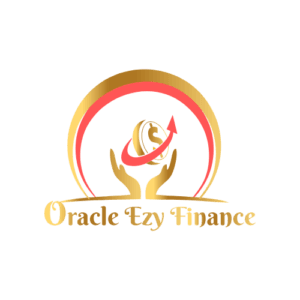

- Home
- About Us▼
- Loan▼
- Calculator▼
- Borrowing Power Calculator
- Comparison Rate Calculator
- Compound Interest Calculator
- Credit Card Calculator
- Extra Payment Calculator
- Fortnightly Repayment Calculator
- Income Annualisation Calculator
- Income Gross Up Calculator
- Income Tax Calculator
- Interest Only Mortgage Calculator
- Introductory Rate Loan Calculator
- Leasing Calculator
- Loan Comparison Calculator
- Loan Repayment Calculator
- Lump Sum Repayment Calculator
- Mortgage Switching Calculator
- Property Buying Cost Calculator
- Property Selling Cost Calculator
- Rent Vs Buy Calculator
- Reverse Mortgage Calculator
- Home Loan Offset Calculator
- Saving Goal Calculator
- Split Loan Calculator
- Stamp Duty Calculator
- How long to repay?
- How long to save calculator?
- How much to deposit calculator?
- Guide & Tips▼
- Insurance▼
- Contact Us
Types of Loans
Whether you’re buying your first home, investing in property, or planning a major development, it’s important to understand the different types of loans available in Australia. At Oracle Ezy Finance, we simplify the lending process and help you choose the option that best suits your goals.
Variable Home Loans
A variable rate loan means the interest rate can rise or fall during the term of your mortgage. Changes are usually driven by competition between banks or decisions made by the Reserve Bank of Australia (RBA).
Fixed Rate Home Loans
With a fixed rate loan, the interest rate is locked in for a set period (usually 1–5 years). Your repayments remain the same throughout this period, offering certainty.
Split Loans
A split loan combines the best of both fixed and variable rates. For example, you could fix part of your loan to safeguard against rate hikes and keep the other part variable for flexibility.
Interest-Only Loans
With an interest-only loan, you pay just the interest for a set period, keeping repayments low. This option is often chosen by investors wanting stronger cash flow.
Offset Accounts
An offset account is a savings account linked to your home loan. The balance in the account offsets your loan, reducing the interest charged.
Line of Credit
A line of credit loan lets you access the equity in your home to fund renovations, investments or other needs.
Bridging Loans
A bridging loan provides short-term finance when buying a new property before selling your current one.
Low Doc / Non-Conforming Loans
Low doc loans are designed for borrowers who don’t meet standard lending criteria, such as self-employed individuals, new business owners or those with lower credit scores.
Deposit Bonds
A deposit bond acts as a guarantee for the deposit on a property purchase. Instead of paying the deposit upfront, the bond assures the vendor it will be paid at settlement.
Development Loans
We also arrange development finance for commercial, industrial and residential projects. These loans are tailored to large-scale property developments.
Book a consultation with Oracle Ezy Finance today

Oracle Ezy Finance is your trusted mortgage broker in Epping and nearby suburbs helping individuals, families and businesses secure the right home loans, investment loans, commercial finance and personal loans with ease. We make lending simple, transparent and stress-free
Quick Links
- About Us
- Loans
- Calculator
- Credit Guide
- Privacy Policy
- Disputes & Complaints
Contact Details
- 03 9362 4677
- admin@oracleezyfinance.com.au
- 45 Miller Street, Epping VIC 3076
- Monday to Friday : 9 AM to 5 PM
- Saturday & Sunday : Closed
Copyright © 2025 Oracle Ezy Finance